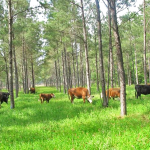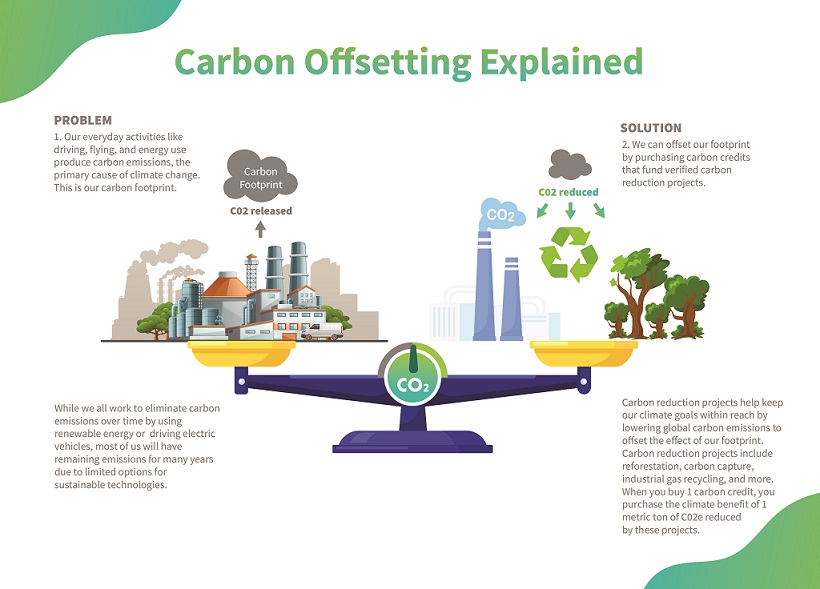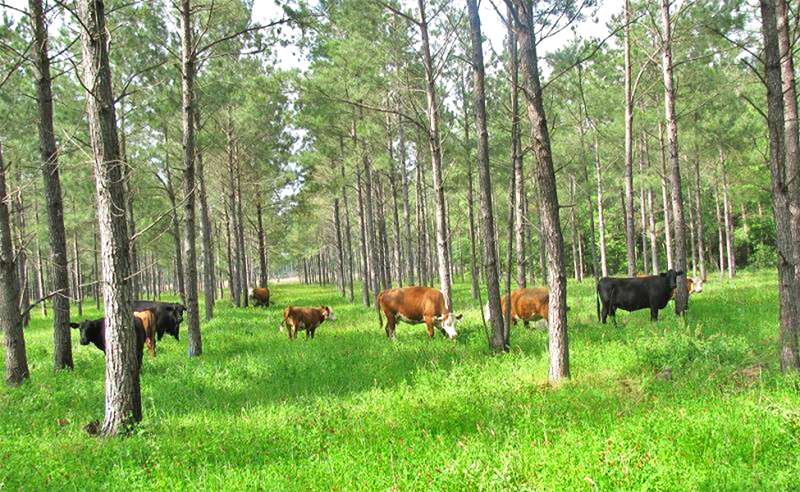
The Benefits of Blue Carbon & Agroforestry
September 7, 2025Understanding How Tree Planting Reduces Emissions
Carbon offsetting means compensating for the greenhouse gases we release into the
atmosphere. Think of it like balancing calories: if you eat extra, you burn them off
with exercise. In the same way, if we emit carbon, we can balance it by removing
carbon through actions such as planting trees.
Why Carbon Offsetting Matters
Carbon offsetting acts as a bridge, helping us take responsibility for these unavoidable
emissions while working towards a net-zero future.

Tree Planting as a Carbon Offset
Trees are nature’s carbon machines. Through photosynthesis, they absorb CO₂ from
the air and lock it into their wood, leaves, and soil. For example, the figure explains
how different flight emissions requires different amount of trees to offset carbon
release.

Best Practices for Tree-Based Offsets
To make carbon offsetting effective, it is important to:
- Participate and support projects certified by trusted standards.
- Prioritize planting native trees over monoculture plantations.
- Involve local communities in planning and management.
Conclusion
Carbon offsetting is a helpful tool in the fight against climate change, using offsets
like tree planting responsibly to balance out what we cannot yet eliminate. Planting
trees helps capture carbon, restore ecosystems, and build resilience for both people
and the planet.
Benefits Beyond Carbon
Tree planting is not just about carbon. It brings multiple co-benefits that touch both
people and the planet:
- Restores biodiversity by creating habitats for wildlife
- Improves the water cycle and prevents soil erosion
- Protects landscapes and combats desertification
- Cleans the air and cools urban environments



